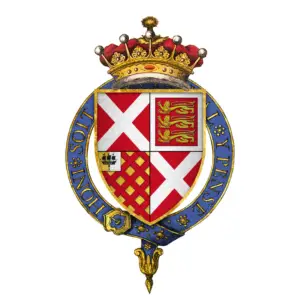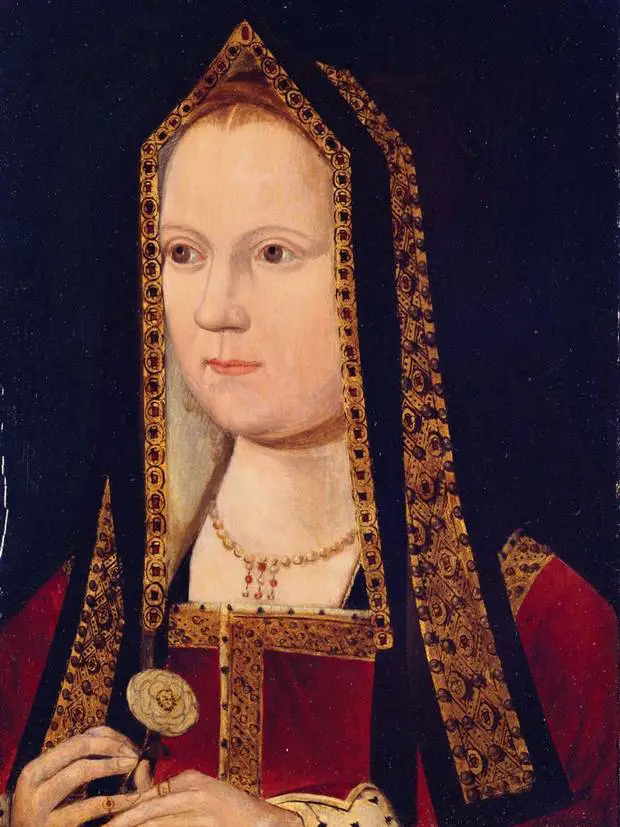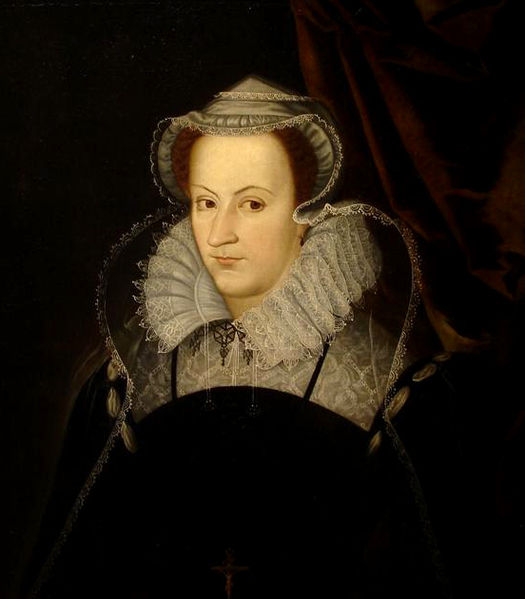 On this day in Tudor history, 10th February 1564, Henry Neville, 5th Earl of Westmorland, died—but not before leaving behind a legacy of scandal, treason, and... magic?
On this day in Tudor history, 10th February 1564, Henry Neville, 5th Earl of Westmorland, died—but not before leaving behind a legacy of scandal, treason, and... magic?
In 1536, at just 11 years old, Henry Neville, who was the eldest son of Ralph Neville, 4th Earl of Westmorland, and Catherine Stafford, and the grandson of the executed Edward Stafford, 3rd Duke of Buckingham, was taken hostage during the Pilgrimage of Grace, a major Tudor rebellion. His captors used him as a bargaining chip to force his father’s compliance—quite the dramatic start to his life!
By 1546, Neville had racked up huge gambling debts and was desperate for a way out. So what did he do? He purchased a magical ring that supposedly summoned angels to help clear his debts! Spoiler alert: it didn’t work, and he landed in Fleet Prison.
But gambling wasn’t his only crime. That same year, Neville was accused of plotting to kill both his wife and his father! Despite admitting that his “naughty living and neglect” of his wife had caused problems, he somehow managed to escape serious punishment, and his poor father was ordered to take him in and sort out his debts.
But in 1552, he was back in trouble, accused of conspiring to steal treasure from Middleham Castle and rob his own mother! Once again, he was imprisoned but managed to wriggle out of serious consequences.
Neville married three times—his first wife, Anne Manners, was said to be “good and gentle,” yet he still found himself plotting her demise! After Anne’s death, he married Jane Cholmeley, and following her passing, he controversially wed her sister, Margaret—a move that raised quite a few eyebrows. He fathered at least seven daughters, one of whom was illegitimate, and his only surviving son, Charles Neville, inherited his title.
He may have been linked to many scandals, but Neville remained a powerful nobleman, serving under Henry VIII, Edward VI, Mary I, and Elizabeth I. He crushed a rebellion, was talked of as a possible husband for Elizabeth I, and even acted as lieutenant-general of the north.
Despite all his scheming, gambling, and dramatic missteps, Neville died peacefully in Kelvedon, Essex, in 1564 and was buried at Staindrop, where wooden effigies of him and his first two wives still exist today.



Leave a Reply